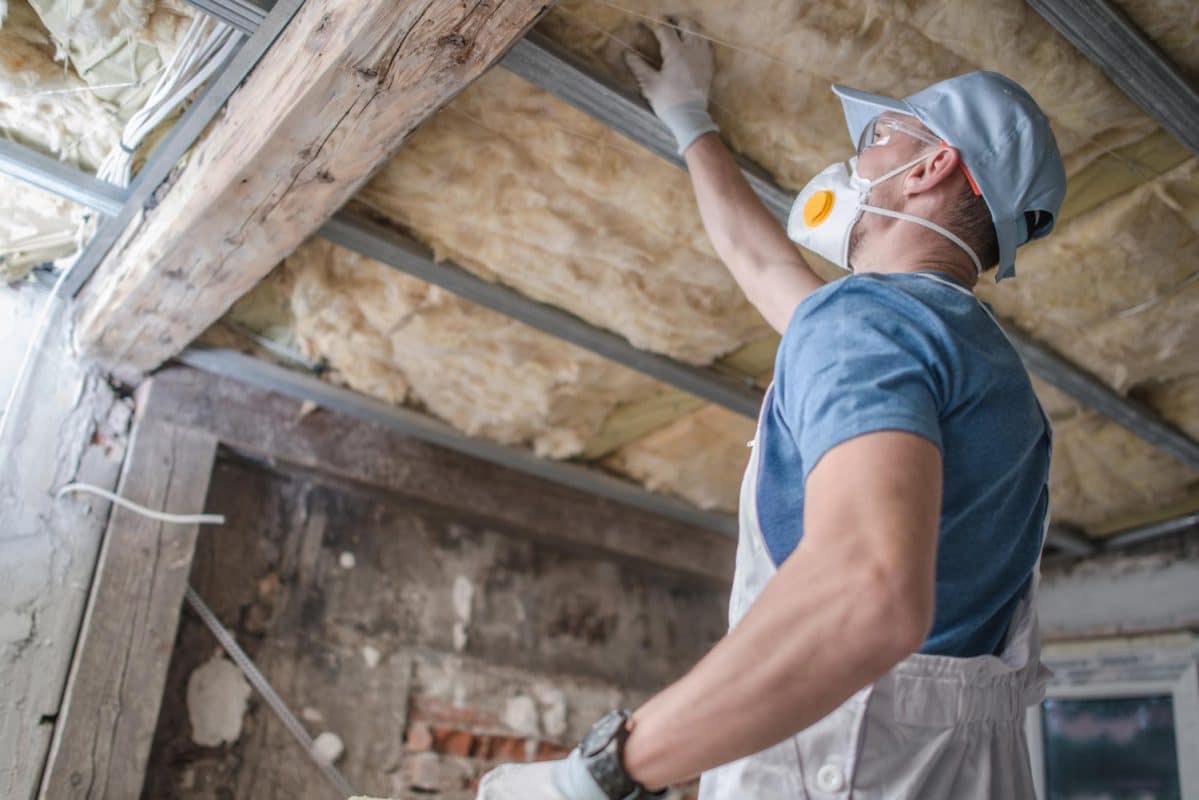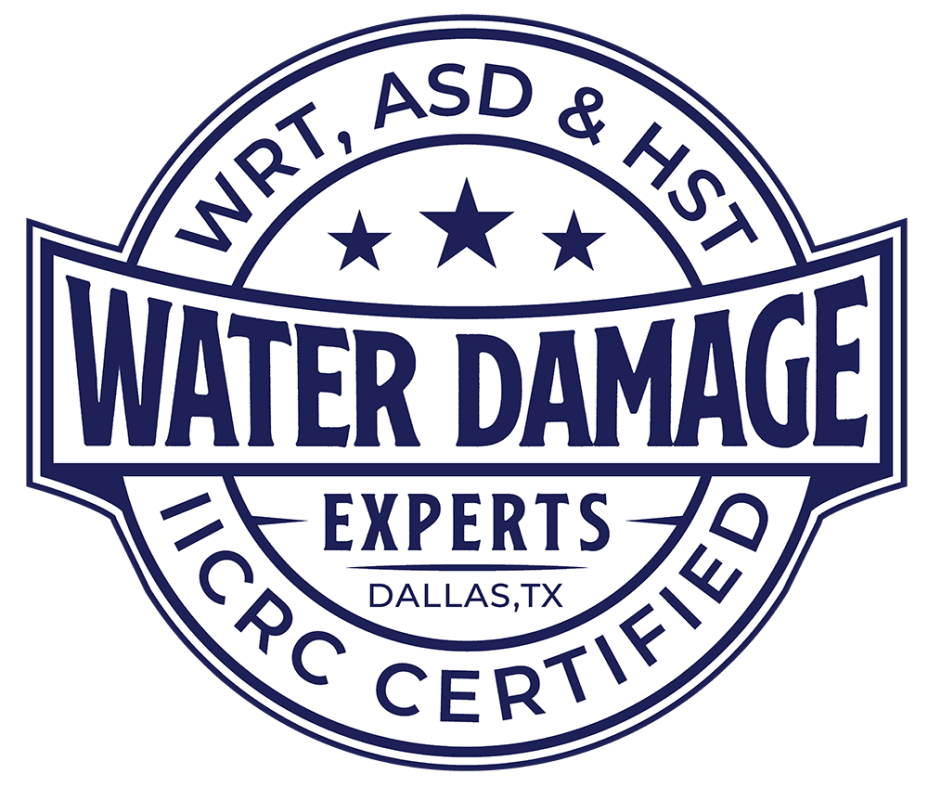Is your insulation damp after a severe storm? Are you wondering if water damage restoration is necessary? If so, you’re in the right place. Damp insulation can be a significant problem that needs immediate attention. Water infiltrating your insulation can lead to mold growth, structural damage, and potential health issues for you and your loved ones.
When water penetrates the insulation, it decreases its effectiveness and thermal resistance, leading to energy loss and increased utility bills. Moreover, wet insulation serves as an ideal breeding ground for mold and mildew, which can spread throughout your home and adversely affect indoor air quality.
Water damage restoration is essential to prevent further damage and ensure your home’s safety and comfort. Professional restoration experts have the expertise, equipment, and knowledge to assess the extent of the damage and implement the necessary steps to dry and restore the affected areas.
Don’t ignore damp insulation after a severe storm. Contact a water damage restoration professional to evaluate the situation and take immediate action to safeguard your property and health. Stay tuned to learn more about the importance of water damage restoration and ways to prevent it.
Signs of Damp Insulation
Recognizing the signs of damp insulation is essential for early intervention and preventing further damage. Damp insulation often presents itself through visible and sensory clues that indicate water infiltration. If you notice water stains on your ceilings or walls, it could be a sign that water has seeped into the insulation. Additionally, a musty or moldy smell in your home suggests the presence of excess moisture, potentially due to damp insulation.
Another common indicator of damp insulation is a sudden increase in your energy bills. Wet insulation loses its thermal resistance, forcing your HVAC system to work harder to regulate the indoor temperature. This can result in a noticeable spike in energy consumption. If you suspect that your insulation may be damp, it’s essential to address the issue promptly to avoid further damage and potential health risks.
In some cases, physically inspecting the insulation in your attic or crawl spaces can reveal signs of dampness. Look for discoloration, sagging, or a wet feeling to the touch. If you encounter any of these indicators, it’s advisable to seek professional assistance to assess the extent of the damage and implement appropriate restoration measures.
The Importance of Addressing Water Damage Promptly
Addressing water damage promptly is crucial to preventing the escalation of issues and minimizing the impact on your property. Ignoring damp insulation can lead to a host of problems, including mold growth, structural damage, and compromised indoor air quality. Mold thrives in damp environments, and once it takes hold in your insulation, it can spread rapidly throughout your home.
Moreover, wet insulation can compromise the structural integrity of your property. Over time, water infiltration can weaken building materials, leading to costly repairs and potential safety hazards. By addressing water damage promptly, you can mitigate these risks and ensure the long-term durability of your home.
From a health perspective, damp insulation can contribute to respiratory issues, allergies, and other health concerns. Mold spores released into the air can exacerbate existing conditions or cause new health problems. By taking swift action to dry out and restore damp insulation, you can safeguard the well-being of your household and create a healthy indoor environment.

Steps to Take When Dealing with Damp Insulation
When dealing with damp insulation, it’s essential to follow a systematic approach to ensure effective restoration and prevent future issues. The following steps can guide you through the process of addressing water damage and restoring your insulation to its optimal condition.
1. Assess the Extent of Damage: Begin by assessing the extent of the water damage to determine the scope of the restoration project. Identify the areas affected by water infiltration and evaluate the severity of the damage. This initial assessment will help you develop a comprehensive restoration plan and determine whether professional assistance is necessary.
2. Drying Out the Affected Areas: The next step is to dry out the affected areas thoroughly. Use fans, dehumidifiers, and proper ventilation to remove excess moisture from the insulation and surrounding materials. It’s crucial to eliminate all sources of moisture to prevent mold growth and further deterioration of the insulation.
3. Removing and Replacing Damaged Insulation: In cases where the insulation is severely water-damaged or contaminated with mold, it may be necessary to remove and replace it entirely. Professional restoration experts can safely remove the affected insulation and install new, dry insulation to restore the thermal efficiency of your home.
DIY vs Professional Water Damage Restoration
When faced with damp insulation and water damage, homeowners often wonder whether to tackle the restoration process themselves or seek professional assistance. While some minor water damage issues can be addressed through DIY methods, more extensive or severe damage may require the expertise of restoration professionals.
DIY water damage restoration efforts can be effective for small, localized issues, such as minor leaks or spills. However, when dealing with extensive water infiltration, mold growth, or structural damage, it’s advisable to enlist the services of experienced professionals. Restoration experts have the necessary training, equipment, and knowledge to handle complex restoration projects efficiently and effectively.
Professional water damage restoration offers numerous benefits, including thorough assessment and mitigation of the damage, efficient drying techniques, and comprehensive restoration services. By entrusting the restoration process to professionals, you can ensure that your property is restored to its pre-damage condition and safeguarded against future issues.
Assessing the Extent of Water Damage
Assessing the extent of water damage is a crucial step in the restoration process to determine the severity of the issue and develop an effective restoration plan. Professional restoration experts utilize advanced tools and techniques to assess water damage accurately and identify all areas affected by water infiltration.
During the assessment phase, restoration professionals will inspect the insulation, walls, ceilings, and other structural components for signs of water damage. They may use moisture meters, infrared cameras, and other specialized equipment to detect hidden moisture and assess the extent of the damage. This comprehensive assessment is essential for developing a tailored restoration strategy that addresses all aspects of the water damage.
By conducting a thorough assessment, restoration experts can determine the best course of action to dry out the affected areas, remove contaminated materials, and restore your insulation to its optimal condition. This proactive approach ensures that all water damage issues are addressed effectively, minimizing the risk of long-term problems.

Drying Out the Affected Areas
Drying out the affected areas is a critical step in the water damage restoration process to prevent mold growth, structural damage, and other issues associated with excess moisture. Professional restoration experts employ specialized drying equipment, such as industrial fans, dehumidifiers, and air movers, to remove moisture from the insulation and surrounding materials.
Proper ventilation is essential during the drying process to facilitate the evaporation of moisture and promote efficient drying. Restoration professionals monitor the moisture levels in the affected areas using moisture meters and other tools to ensure that the drying process is thorough and effective. By removing all traces of moisture, they prevent mold growth and protect the structural integrity of your property.
In cases of severe water damage, restoration experts may need to remove drywall, insulation, or other materials to access hidden moisture and facilitate drying. This targeted approach ensures that all affected areas are thoroughly dried out, preventing the recurrence of water damage issues in the future.
Removing and Replacing Damaged Insulation
In situations where the insulation is severely water-damaged or contaminated with mold, it may be necessary to remove and replace it to restore the thermal efficiency of your home. Professional restoration experts have the knowledge and experience to safely remove the affected insulation and install new, dry insulation to prevent energy loss and maintain indoor comfort.
Removing and replacing damaged insulation is a meticulous process that requires careful attention to detail to ensure effective restoration. Restoration professionals use proper safety precautions and disposal methods to handle contaminated materials and prevent the spread of mold spores. By replacing the damaged insulation with new, high-quality materials, they restore the insulation’s effectiveness and improve the energy efficiency of your home.
After installing new insulation, restoration experts conduct thorough inspections to verify that the restoration is complete and that your property is protected against future water damage issues. By addressing the root cause of the water damage and replacing damaged insulation, they ensure that your home is restored to a safe, healthy, and comfortable state.
Preventing Future Water Damage
Preventing future water damage is essential to safeguard your property and maintain its structural integrity. Simple preventive measures can help reduce the risk of water infiltration and protect your insulation from dampness and mold growth. By following these tips, you can minimize the likelihood of water damage and ensure the long-term durability of your home.
1. Maintain Your Roof: Regularly inspecting and maintaining your roof can prevent leaks and water intrusion that can affect your insulation. Replace missing or damaged shingles, clean gutters and downspouts, and address any signs of roof damage promptly to protect your home from water damage.
2. Address Plumbing Issues: Leaky pipes, dripping faucets, and other plumbing issues can lead to water damage in your home. Routinely inspecting your plumbing system and addressing any leaks or issues promptly can prevent water infiltration and protect your insulation from dampness.
3. Improve Drainage: Proper drainage around your property is essential to divert water away from your home and prevent flooding or water accumulation near your foundation. Ensure that your property’s grading promotes water runoff and consider installing drainage systems to prevent water damage.

Conclusion: The Importance of Water Damage Restoration After a Severe Storm
In conclusion, damp insulation after a severe storm is a serious issue that requires immediate attention to prevent further damage and protect your property. Water infiltration can lead to mold growth, structural damage, and health risks, making water damage restoration essential for maintaining a safe and healthy indoor environment. By addressing water damage promptly and enlisting the help of professional restoration experts, you can ensure that your home is restored to its optimal condition and safeguarded against future issues.
Remember to stay vigilant for signs of damp insulation, such as water stains, musty odors, and increased energy bills, and take proactive steps to address water damage promptly. By following the outlined steps for dealing with damp insulation, assessing the extent of water damage, and implementing preventive measures, you can protect your property from the detrimental effects of water infiltration and ensure a comfortable living environment for you and your loved ones.

